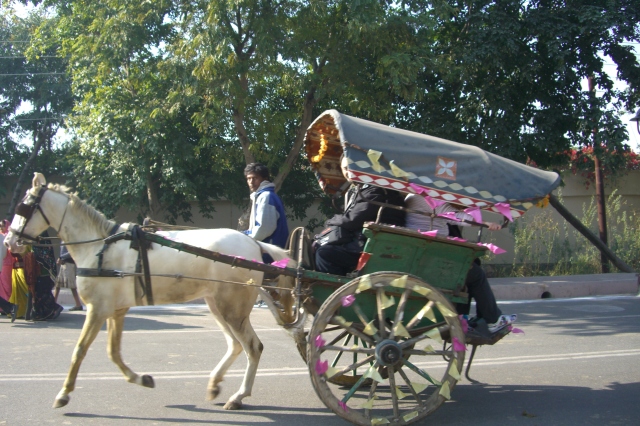Where do I begin? I ask myself. I have to begin somewhere.
I want this section to serve as a mini primer on India. I do not deem to be an expert, rather I’m often humbled by my profound ignorance.
Therefore, please take it as my point of view on various matters and do not hesitate to pitch in with corrections, suggestions, questions, doubts etc. Remember that this place is a two way street where we inform and educate each other.
Some facts:
India or Bharat भारत < Sankrit (descended from the emperor Bharata) is a country located in South Asia.
It is the seventh largest country in area and the second most populous country with over 1.2 billion people.
Capital: New Delhi
Largest city: Mumbai
Official languages include Hindi and English plus there are 22 other recognized languages.
It is the largest democracy in the world.
Yet despite its massive presence, it is a mystery to many. Those in the west still consider it a land whose peoples and cultures remain mostly exotic and alien.
They recognize it as a place that exports engineers, doctors, Bollywood movies, Chai tea, curry and the philosophy of Yoga to the rest of the world. It is a country where cows stand in the middle of the road undisturbed and people pray to numerous Gods including one who dances to destroy and create (Lord Shiva,) and one who has the face of an elephant (Lord Ganesha.)
It is a lot more than that.
India is a land of extremes– of pristine beauty and unbearable filth; of mind boggling wealth and unspeakable poverty; of embracing tolerance and shocking violence. Yet what sets it apart, what pulls everyone to it above and beyond anything else is something that I can only define as a divine mystique, leaving those who discover it with an inner peace which no other place could ever give.
That is India to me.

A group of school children on a trip to the Red Fort (Lal Qila) Delhi, in December.



















